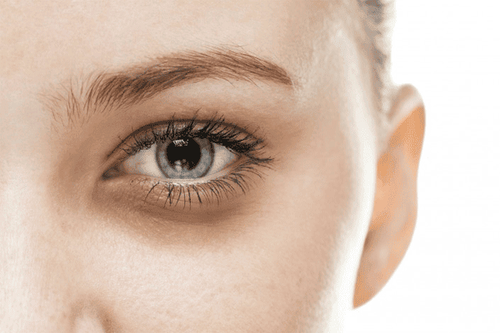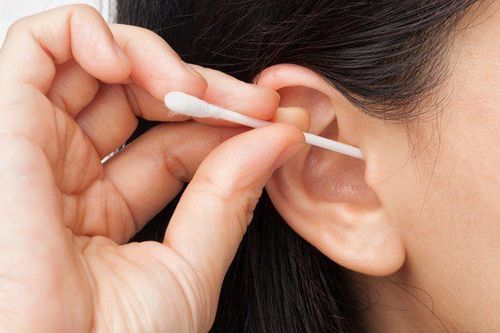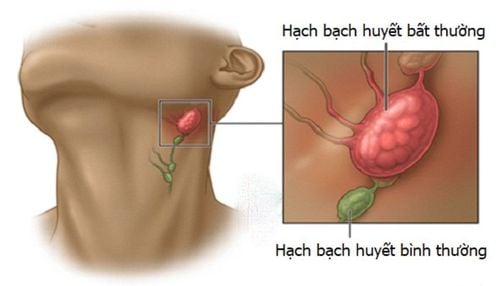When you get a new ear-piercing, it is important to keep the earring in place to prevent the newly pierced hole from closing. This means you will need to wear earrings even while sleeping. So, is it safe to wear earrings while sleeping?
1. Is it safe to wear earrings while sleeping?
The ears are one of the most common locations for piercings. However, this does not mean that getting your ears pierced is without risks or side effects. When you get a new piercing, the most important thing is to keep the earring in place to prevent the newly pierced hole from closing. This means you will need to wear earrings at all times, even while sleeping. However, this rule does not necessarily apply to older piercings. Wearing earrings to bed can sometimes be harmful, depending on the type and size of the earrings. In the worst-case scenario, you may even need to consult a doctor. That said, if you’ve previously slept with earrings on without experiencing any side effects, it doesn’t mean you should continue this habit in the future. As a general rule, avoid wearing earrings while sleeping, with one exception: when you have a new piercing. You’ll need to keep small studs in place for at least 6 weeks or until the piercing fully heals. For older piercings, avoid wearing nickel-based earrings overnight, as well as large hoops, dangling earrings, or drop-style earrings. These types of earrings can increase the risk of painful side effects.
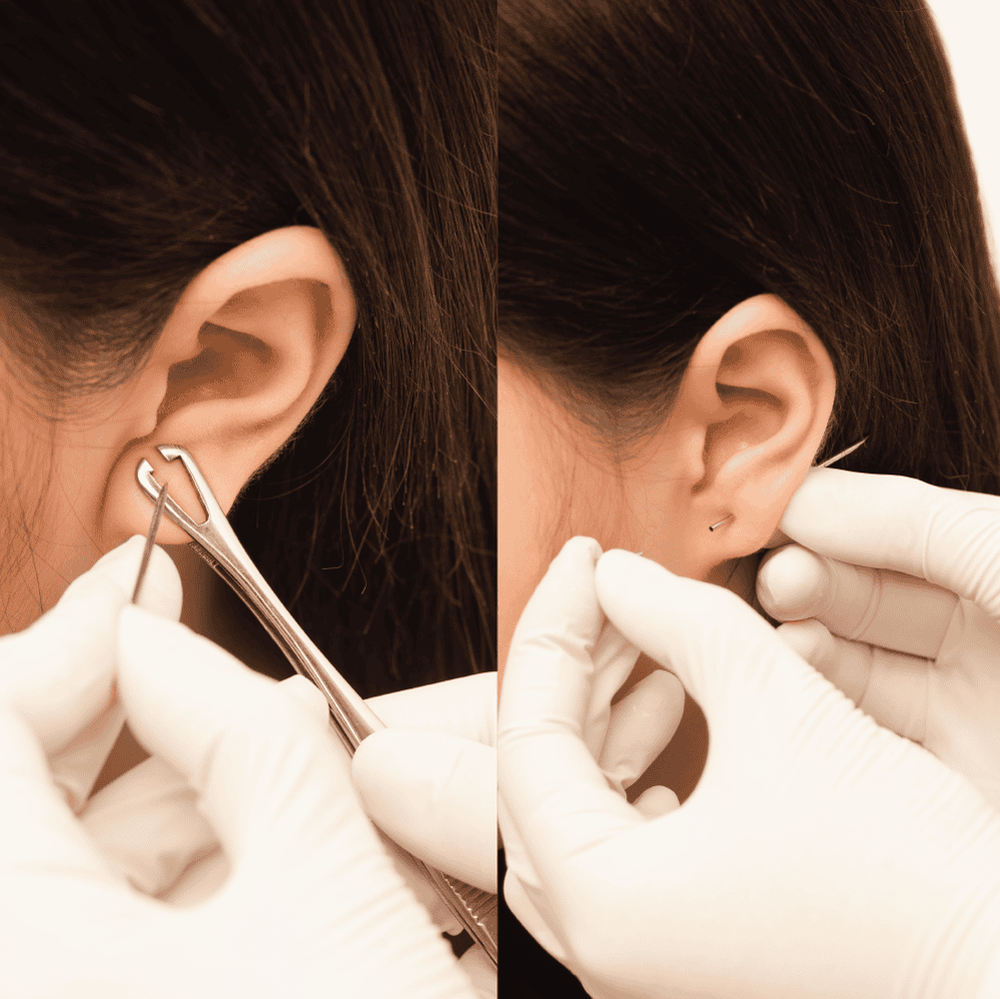
2. Harm of wearing earrings while sleeping
Here are some common yet serious side effects associated with wearing earrings while sleeping:
2.1. Torn Skin
While sleeping, your earrings can get caught on your bedding or hair. As you move or toss and turn during sleep, you may risk tearing your earlobes if your earrings snag on the sheets or pillows. Large earrings and designs with open elements, such as hoops or dangling styles, can further increase this risk.
2.2. Headaches
If you frequently wake up with headaches, wearing earrings to bed might be the cause. The risk is higher if you sleep on your side, as the earrings can press against your head and cause discomfort. To address this, try sleeping without earrings and observe if your headaches improve. However, if you have a new piercing, you must keep your earrings in place. In this case, try sleeping on your back to help reduce the chances of headaches.
2.3. Infections
Wearing the same pair of earrings for an extended period without cleaning the piercing holes can lead to the accumulation of dirt and bacteria. This can result in infections and, in severe cases, even auricular cartilage inflammation. Signs of infection include:
- Redness
- Swelling
- Pain
- Pus discharge
2.4. Allergic Reactions
Wearing earrings while sleeping may also increase the risk of developing a nickel allergy. Nickel is a common material used in costume jewelry and is one of the most frequent causes of allergic reactions, affecting about 30% of earring wearers.
Repeated exposure to nickel jewelry can lead to red, itchy rashes, and wearing earrings while sleeping may further increase the risk of eczema around the ears. To minimize the risk of nickel allergy, opt for earrings made of stainless steel, sterling silver, or at least 18-karat gold. Earrings designed for new piercings are typically made of these hypoallergenic materials, so you won’t need to worry about nickel allergies when wearing earrings to bed after your first piercing.
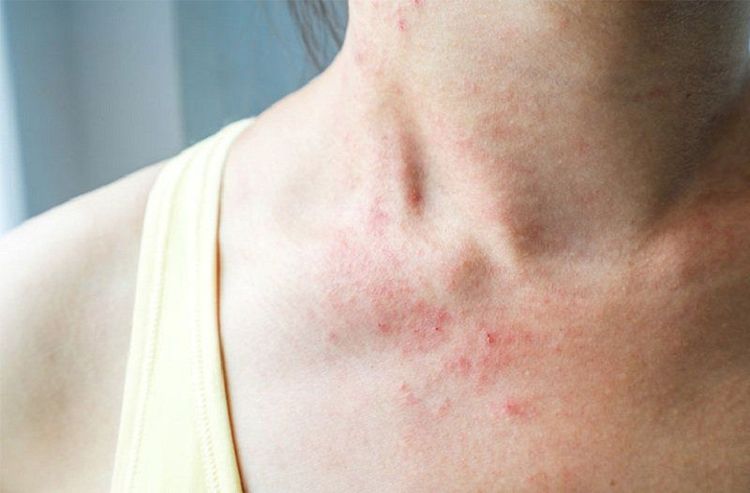
3. Precautions for new piercings
When you get a new piercing, it is necessary to wear earrings while sleeping to prevent the piercing holes from closing. This phase may last for several weeks to allow the skin to heal. During this time, you should take some precautions to minimize the risk of unwanted side effects, including:
- Use simple, flat earrings without gemstones or sharp edges to avoid snagging on clothing, bedding fabrics, etc.
- Sleep on your back instead of your side to reduce discomfort.
- Choose new earrings made of professional, hypoallergenic materials.
- Avoid twisting or fiddling with the earrings to reduce the risk of irritation or infection.
- Only touch the jewelry when cleaning the area, ensuring your hands are clean beforehand.
- Follow your piercer's instructions, which may include waiting at least six weeks before removing the initial earrings. You may also schedule a follow-up appointment to confirm the piercings have healed properly.
- Clean the area around the earrings 2–3 times daily using a saline solution or mild soap and water.
During the healing period, mild bleeding from the piercing holes may occur. This is considered normal for new piercings, but such symptoms should not persist beyond a few days. Contact a doctor immediately if you experience any of the following symptoms after wearing earrings while sleeping:
- Redness accompanied by a rash that doesn’t improve.
- Swelling that worsens over time.
- Tears in or around the piercing hole.
- Pus discharge from the piercing.
- Persistent headaches or itching around the ears.
In summary, ears are among the most common locations for piercings. However, this does not mean ear piercings are free of risks or side effects. It is essential to care for your earrings, whether new or old. Wearing earrings while sleeping should only be done for new piercings. For older piercings, it is not recommended, as wearing earrings to bed is unsafe and may lead to unwanted complications.
To arrange an appointment, please call HOTLINE or make your reservation directly HERE. You may also download the MyVinmec app to schedule appointments faster and manage your reservations more conveniently.

